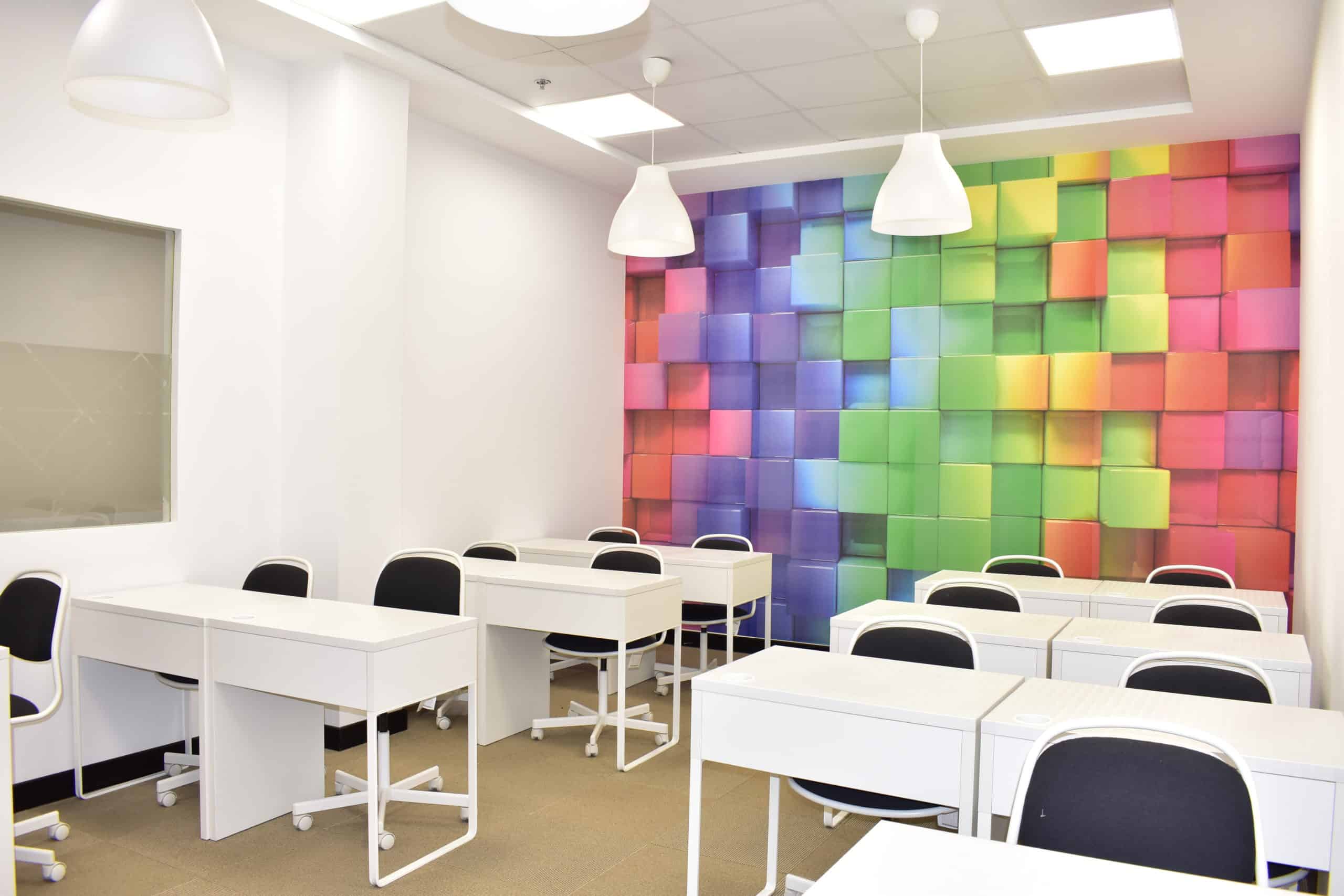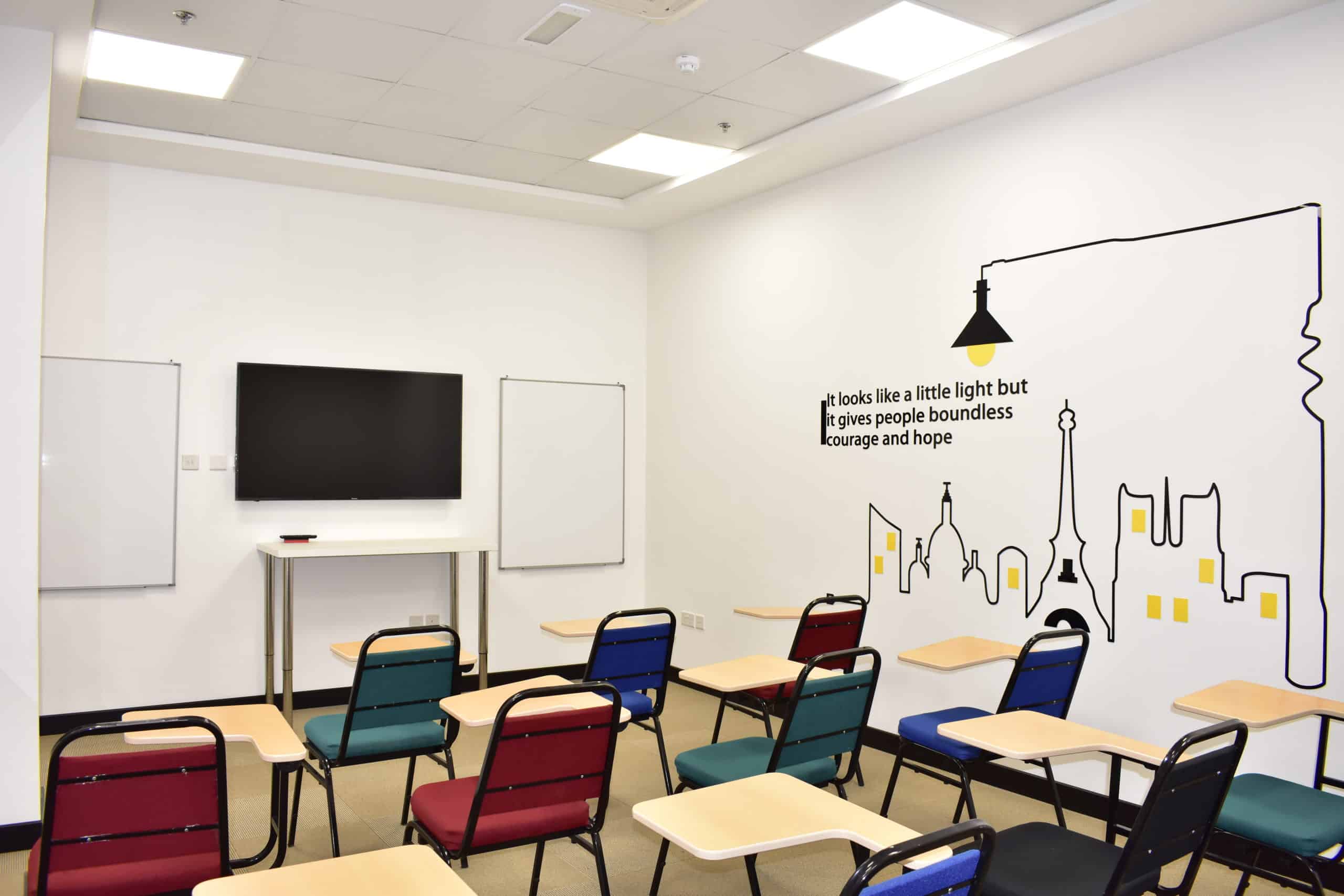 How the curriculum will change at design institutions in the post-pandemic world education, by Sanjay Batheja, co-founder and director, Capital University College
How the curriculum will change at design institutions in the post-pandemic world education, by Sanjay Batheja, co-founder and director, Capital University College
In recent years, the interior design industry has witnessed a spike in its international business. The sector as a whole has gained prominence, opening pathways for future designers with exciting opportunities. As per reports, the global market is set to reach $157 billion by 2027, with a growing CAGR of 7.8%. In line with this, it is natural for higher education institutions to witness a rise in students who aspire to pursue this as a successful career. However, since the coronavirus outbreak, the education division has been expected to change their teaching style, delivery and even its curriculum to best fit the rapid changes and make students more resilient to these challenging times. This column will explore some potential changes higher education institutions may bring about to train future designers of this industry.
Focus on educators
Considering how rapidly the industry is evolving, there has not been a significant rise in professionals who are equipped to teach and train interior design students. Additionally, the pandemic has further fueled this challenge leading educators to incorporate pre-requisitions that will add value to the lessons taught, thereby, making it more impactful and meaningful. In line with this, colleges and universities that teach these programs focus on hiring educators who have field experience apart from high academic qualification. Furthermore, they must possess excellent communication skills and be well-informed about the latest developments in the industry to channelize the students in the right direction.

Taking the sustainable route
This pandemic has enabled us to rethink our daily life choices and inculcate better practices. This holds true even for the design industry where educators are now looking at adding a module or topics that create awareness of sustainable designs. During the lockdowns, people have been cooped up in their homes where many have smartly transformed small places into multipurpose spaces. Starting from the design element to incorporating aspects that will save energy and their utility bills, students must have the capability to create spaces that are disaster-proof, sustainable and establish safety as a priority. The curriculum could potentially focus on subjects that allow students to design spaces that have increased comfort, health and safety requirements and a sustainable construction/ maintaining method.
Design: A process, not a product
Although creative spaces can be envisioned by one, it takes a whole team to successfully attain the final product. Yet, many of the design schools focus on teaching design as a product rather than a process. Therefore, the new education system for interior design must encourage the necessity of teamwork and allow students to participate in e-platforms for networking and gaining vast knowledge. Apart from this, the curriculum must emphasize on healthy criticism, appreciation and building an information-sharing platform for its students. Furthermore, the curriculum must also delve into managing the client’s finances – both in terms of spending and earnings as these are some important traits of a successful interior designer.

In times like this, students are expected to be more efficient and be well-informed of industrial developments. Aspiring designers are expected to be self-sufficient and manage multiple roles as a designer. Gone are the days when an interior design was only handling a set number of tasks, today they are likely to handle many job roles along with overseeing the entire project. This means that students must have the skill-set to multitask and have a realistic approach towards fulfilling their client’s expectations. In the current times, it is no longer just about academia but also about the practical experience students can gain from these design courses. Therefore, the programs must take a practical route where students can indulge in real-time projects and work under industry experts to better understand the world of design.
Although it is not possible to entirely predict how the industry may evolve in the near future, we can certainly make our future designers more capable and equipped to handle these unprecedented times by giving the right balance of aspiration and reality while honing their academic knowledge.







